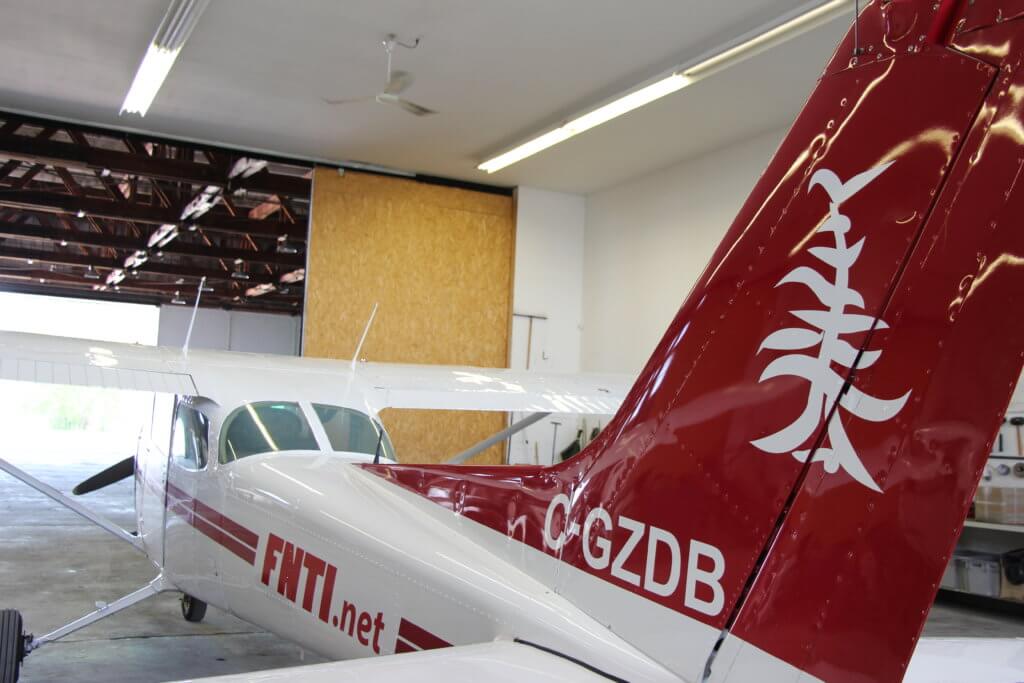Estimated reading time 3 minutes, 49 seconds.
Located in the Tyendinaga Mohawk Territory, on the shores of the Bay of Quinte, the Tyendinaga Mohawk Aerodrome boasts a long and storied past as a Royal Canadian Air Force training base during the First and Second World Wars.

Originally known as Camp Mohawk, more than 5,000 aircrew were trained at the facility, which opened in 1917. In 1986, the decommissioned base became home to the First Nations Technical Institute (FNTI) flight school.
“Our school was established after the FNTI identified a lack of First Nations, Inuit, and Metis pilots in Canada,” said Jo-Anne Tabobandung, the school’s chief flight instructor. “We decided to address the problem by creating a flight school tailored to these needs; both for their sake, but also to provide our communities with the kind of qualified pilots they need.”
Today, the FNTI flight school serves 19 student pilots at the Tyendinaga Mohawk Aerodrome. The facility features ground school classrooms, a fully-equipped hangar with maintenance facilities, and a 23-room residence where the students live, make their own meals, and have all the other amenities of home.

Most importantly, the FNTI flight school has a fleet of seven Cessna 172s and one Piper Aztec. These aircraft allow the school, in partnership with North Bay’s Canadore College, to offer a three-year advanced diploma program in both single- and multi-engine aircraft. The program is the only First Nations, Inuit, and Metis aviation post-secondary program in Canada.
“In the first year, our students earn their private pilot licences,” said Tabobandung. “In the second year, they can earn their commercial pilot licences. And in year three, they get to choose between three streams: gaining their flight instructor rating; qualifying to fly floatplanes; or earning their multi-engine rating on the twin-engine Piper Aztec.”
As a school dedicated to First Nations, Inuit, and Metis pilots, the FNTI flight training curriculum has been tailored to their needs. The school offers courses that focus on cultural, historical and community concerns, in addition to the standard flight education found in other schools.
“We also create an environment that offers individualized attention, and a safe place for these students to learn and live,” said Tabobandung. “It is really their home away from home.”
The fact that the FNTI flight school caters to this group of students has had some interesting consequences. First, the school has become a magnet for First Nations, Inuit, and Metis students from across Canada. Second, the small and remote airlines that hire them after graduation often get an extra benefit; namely, they get pilots who want to build careers at these smaller carriers, rather than using them as stepping stones to bigger airlines.
“Carriers such as Air Creebec and others serve the northern communities where our students come from; where they want to live, work, and raise families,” said Tabobandung. “This makes our pilots a good long-term investment for these carriers. They plan to stick around.”








